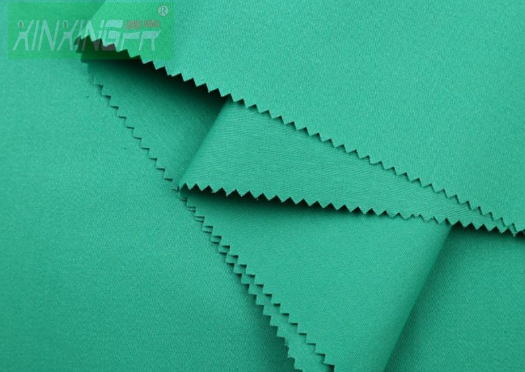Comparing Different Types of FR Fabrics: Performance and Durability
Mar. 12, 2024
Flame-resistant (FR) fabrics play a critical role in protecting workers from fire-related hazards in various industries. With a wide range of FR fabrics available on the market, it's essential to understand their differences in performance and durability.
Nomex: Nomex is a meta-aramid fiber known for its exceptional heat resistance and flame-retardant properties. It offers excellent thermal stability, even at high temperatures, making it ideal for applications where exposure to heat and flames is a concern. Nomex fabrics are lightweight, durable, and resistant to abrasion, tears, and chemicals, making them suitable for a wide range of industries, including firefighting, aerospace, and automotive.
Kevlar: Kevlar is a para-aramid fiber renowned for its high tensile strength and heat resistance. While Kevlar is primarily known for its use in ballistic protection, it also exhibits flame-retardant properties, albeit to a lesser extent than Nomex. Kevlar fabrics are lightweight, flexible, and resistant to cuts and punctures, making them suitable for protective clothing in industries such as manufacturing, construction, and utilities.
Modacrylic: Modacrylic is a synthetic fiber that combines flame resistance with softness and comfort. Modacrylic fabrics are inherently flame-retardant and do not require chemical treatments to achieve FR properties. They are often blended with other fibers, such as cotton or viscose, to enhance comfort and durability. Modacrylic fabrics are commonly used in flame-resistant clothing for industries such as oil and gas, petrochemicals, and utilities.
FR Cotton: FR cotton is cotton fabric treated with chemical flame retardants to impart flame-resistant properties. FR cotton fabrics offer natural breathability, softness, and comfort, making them popular choices for FR clothing in industries where comfort is a priority, such as welding, foundries, and food processing. However, FR cotton fabrics may lose their flame-retardant properties over time and with repeated laundering, requiring regular testing and reapplication of flame-retardant treatments.
Carbon Fiber: Carbon fiber is a lightweight, high-strength material known for its exceptional heat resistance and flame retardancy. Carbon fiber fabrics exhibit inherent flame resistance due to their composition, making them suitable for applications where extreme heat and fire exposure are expected, such as aerospace, military, and motorsports. However, carbon fiber fabrics can be expensive and may have limited availability compared to other FR fabrics.
Choosing the right FR fabric is essential for ensuring the safety and protection of workers in environments where fire hazards are present. Each type of FR fabric has its own unique characteristics, performance attributes, and suitability for different applications. By understanding the differences between various types of FR fabrics, employers can make informed decisions when selecting protective clothing and equipment for their workforce, ultimately enhancing workplace safety and reducing the risk of fire-related injuries.
331
0
0



Comments
All Comments (0)